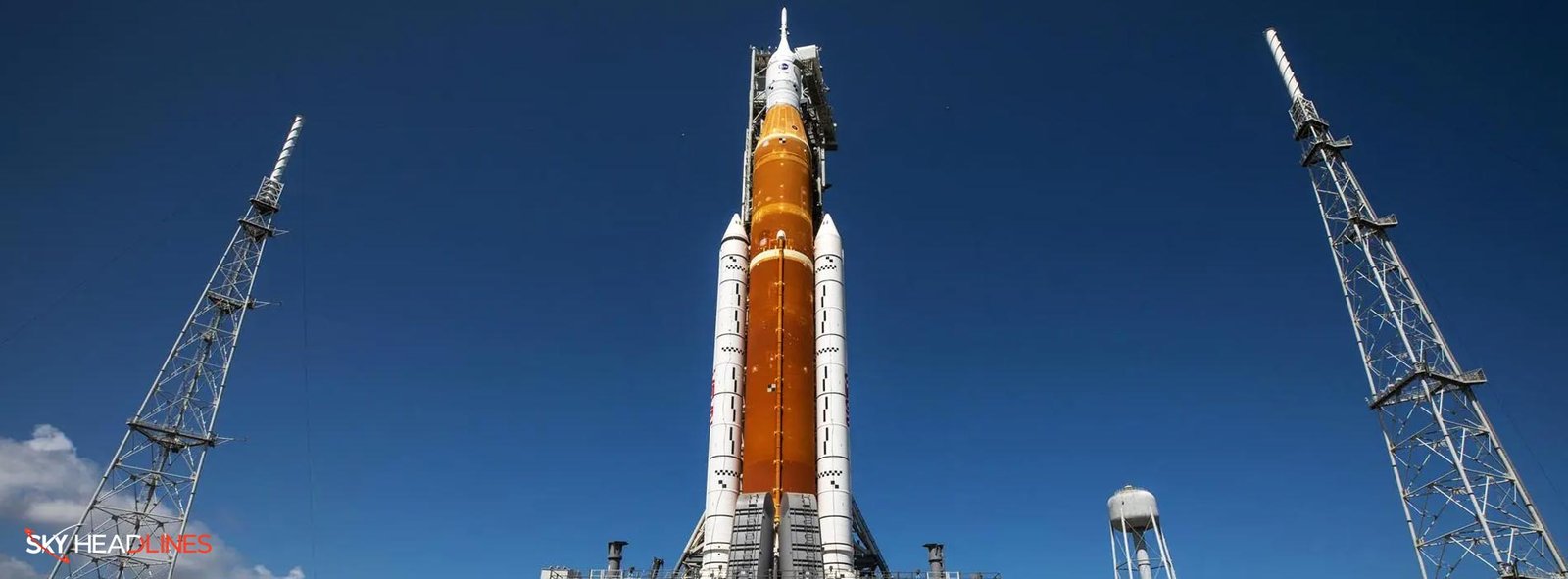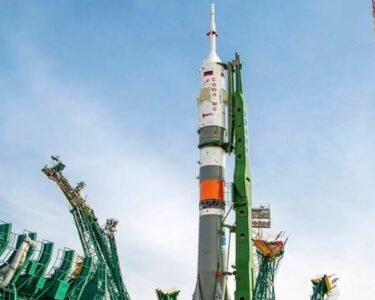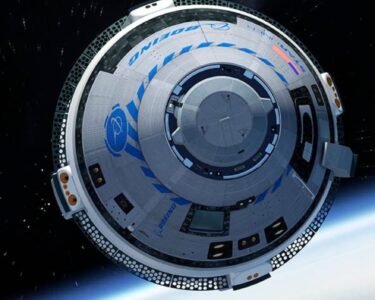Have you ever dreamed of walking on the Moon or exploring the mysteries of space? NASA’s Artemis mission is a program that will make those dreams a reality. The Artemis program aims to land humans on the Moon, establish a long-term presence on and around the Moon, and eventually send astronauts to Mars. But the mission is not just about exploration and discovery. Artemis will also demonstrate new technologies and inspire the next generation of space explorers.
Now you probably be wondering,
What is NASA’s Artemis mission?
Artemis is the name of NASA’s program that seeks to achieve multiple objectives. The program aims to land humans on the Moon. To establish a long-term human presence on and around the Moon, and eventually send astronauts to Mars. To achieve these goals, Artemis will rely on innovative technologies to explore more of the lunar surface than ever before, and NASA will collaborate with commercial and international partners.
The Artemis program has set forth several objectives that it aims to achieve. One of its key objectives is to demonstrate new technologies, capabilities, and business approaches needed for future exploration, including Mars. In addition, Artemis seeks to study the Moon to gain insights into the origin and history of Earth, the Moon, and our solar system.
Furthermore, the program aims to establish American leadership and a strategic presence on the Moon, expanding U.S. global economic impact. It also seeks to broaden commercial and international partnerships, which will be crucial for the program’s success. Finally, Artemis aims to inspire a new generation and encourage careers in STEM, positioning the next generation to lead future space exploration missions.
So, here are
Some amazing facts about Artemis Mission!
- Artemis is named after the twin sister of Apollo and the goddess of the Moon in Greek mythology.
- NASA chose the name to symbolize its efforts to return astronauts, science payloads, and technology demonstrations to the lunar surface.
- The tip of the A in the Artemis logo points beyond the Moon to signify that the Moon is not the end goal. But rather a preparation for future exploration beyond it.
- The crescent in the logo represents missions from the perspective of the audience, with the focus on going from Earth to the Moon and returning with knowledge and development.
- The crescent also resembles Artemis’ bow, which represents the source of energy and effort sent toward the Moon.
- The Moon is the primary destination for the Artemis program and a stepping stone toward Mars.
- The trajectory in the logo moves from left to right through the crossbar of the A. It highlights the differences in the return to the Moon compared to the Apollo missions.
- The red color of the trajectory represents the course to Mars.
- The A in the logo represents an arrowhead from Artemis’ quiver and symbolizes the launch of missions.
Let’s start with the,
Artemis 1!
After four delays, Artemis 1 was launched on November 16 at 1:47 am EST (6:47 am GMT). Artemis I is NASA’s first flight test of their deep space exploration system. It includes the Orion spacecraft, Space Launch System (SLS) rocket, and ground systems at Kennedy Space Center in Cape Canaveral, Florida. This uncrewed mission is the first in a series of increasingly complex missions that are establishing a foundation for human deep space exploration and demonstrating NASA’s commitment and capability to extend human existence to the Moon and beyond.
Now, here is the,
Map of Artemis 1!
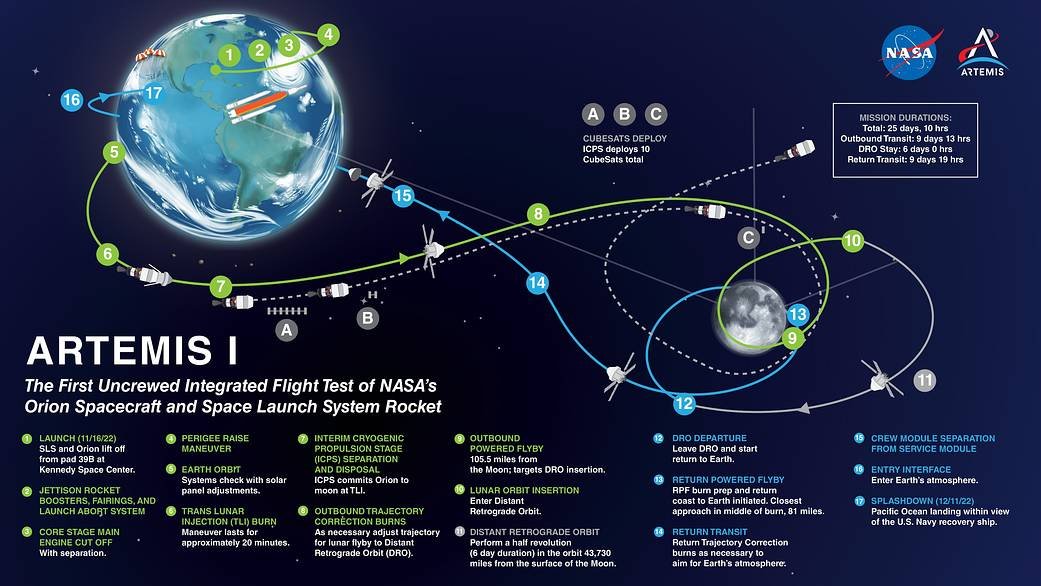
Artemis 1 was a test flight of the Space Launch System (SLS) rocket and the Orion spacecraft. Scientists designed it to demonstrate their ability to travel to the Moon and beyond. The mission began on November 30, 2021, with the launch of the SLS rocket from NASA’s Kennedy Space Center in Florida. The spacecraft traveled a total distance of approximately 450,000 kilometers to the Moon. As there it entered a lunar orbit at an altitude of 400 kilometers above the lunar surface. A trans-lunar injection burn followed. As it sent the spacecraft approximately 64,373 kilometers beyond the Moon and into deep space.
During the mission, the spacecraft carried out a series of tests and maneuvers, including a flyby of the Moon, a test of the Orion spacecraft’s heat shield, and a demonstration of its communication and navigation systems. On December 11, 2021, after a mission lasting 25.5 days, the module landed in the Pacific Ocean close to California. The mission was a significant milestone in NASA’s Artemis program. As it aims to return humans to the Moon and establish a sustainable presence there by the end of the decade.
It’s worth noting that the Space Launch System is the most powerful rocket ever built. As it generates 8.8 million pounds of thrust on liftoff. This makes it 1.3 million pounds more powerful than the Saturn V rocket used in the Apollo missions, and capable of carrying larger payloads and traveling further into space.
Continuing with the mission briefing,
What is the current status of the Artemis 1 mission?
NASA’s Artemis I mission is an uncrewed flight test. It successfully demonstrated the agency’s deep space rocket, spacecraft, and ground systems readiness for future missions to the Moon. Engineers have extensively reviewed data since the mission’s completion to confirm the initial observations. It includes the performance of the Space Launch System (SLS) rocket and Orion spacecraft. The SLS rocket flew precisely as designed, meeting or exceeding performance expectations. While the Exploration Ground Systems program is repairing damaged components and making upgrades in preparation for future Artemis missions.
The Orion spacecraft successfully performed every aspect of its journey beyond the Moon, including generating more power than expected and consuming less power than predicted. NASA is examining two observations from the flight in more detail. These include variations across the appearance of Orion’s heat shield and an issue where latching current limiters switched open without commanding several times throughout the mission. Despite these issues, NASA is making progress toward the Artemis II mission. Along with the heat shield set to be attached to the crew module in May and the mobile launcher undergoing testing this summer. The agency is determined to ensure crew safety is a top priority for future missions.
Now let’s dig in to find out,
Artemis 2!
Artemis II marks a significant milestone in NASA’s quest for deep space exploration. As it will be the first manned mission of the Orion spacecraft, Space Launch System rocket, and ground systems at Kennedy Space Center. With four astronauts aboard, the mission will test the spacecraft’s systems in the actual environment of deep space and confirm their operational readiness for future missions. The Artemis II flight test will be crucial in paving the way for the historic Artemis III mission. Because it aims to land the first woman and next man on the Moon.
Here is,
Map of Artemis 2!
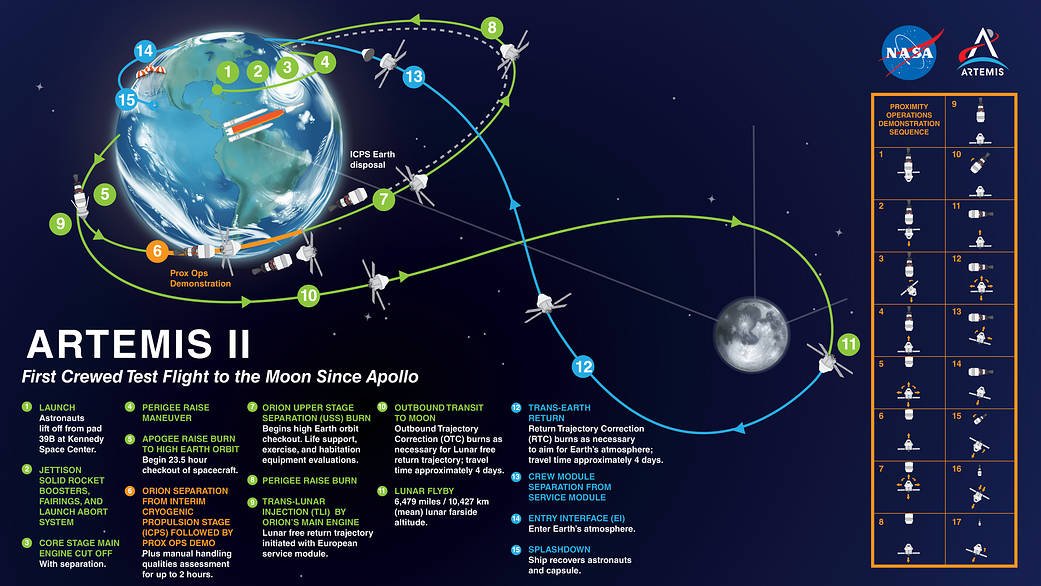
Artemis 2 is the second planned mission of NASA’s Artemis program and is currently scheduled for launch in 2024. The mission will be crewed by four astronauts. It will be the first time humans have traveled beyond low Earth orbit since the Apollo 17 mission in 1972. The Space Launch System (SLS) rocket will launch the mission into space. And the crew will fly the Orion spacecraft to a distance of 7402 kilometers beyond the Moon’s far side. A lunar flyby will follow it, allowing the crew to observe and study the lunar surface from a closer distance.
The spacecraft will then return to Earth, and the mission is expected to take between eight to ten days to complete. During the mission, the crew will collect valuable flight test data. It will help NASA refine its plans for future crewed missions to the Moon and beyond. It’s worth noting that Artemis 2 is a crucial step towards NASA’s goal of returning humans to the Moon and establishing a sustainable presence there by the end of the decade. By testing the Orion spacecraft and the SLS rocket in a crewed mission beyond low Earth orbit, NASA will be one step closer to achieving this goal.
Now here are some more details on this mission,
What is the current status of the Artemis 2 mission?
NASA’s Artemis II is the first crewed Artemis mission that will send four astronauts around the Moon and return them home. It has achieved a significant milestone in its development. Teams have fully integrated all five major Space Launch System (SLS) rocket core stage structures at NASA’s Michoud Assembly Facility in New Orleans. The engine section was joined to the rest of the rocket stage on March 17. It is located at the bottom of the 212-foot-tall core stage. The next step will be to integrate the four RS-25 engines into the engine section to complete the stage.
The engine section is the most complex and intricate part of the rocket stage, housing the engines and including vital systems for mounting, controlling, and delivering fuel from the propellant tanks to the engines. The RS-25 engines and the two solid rocket boosters. They together generate 8.8 million pounds of thrust at takeoff, also attach to it. The core stage for Artemis II is built, outfitted, and assembled at Michoud. Through Artemis missions, NASA aims to land the first woman and the first person of color on the surface of the Moon It paves the way for a long-term lunar presence. It also serves as a stepping stone for astronauts on the way to Mars.


